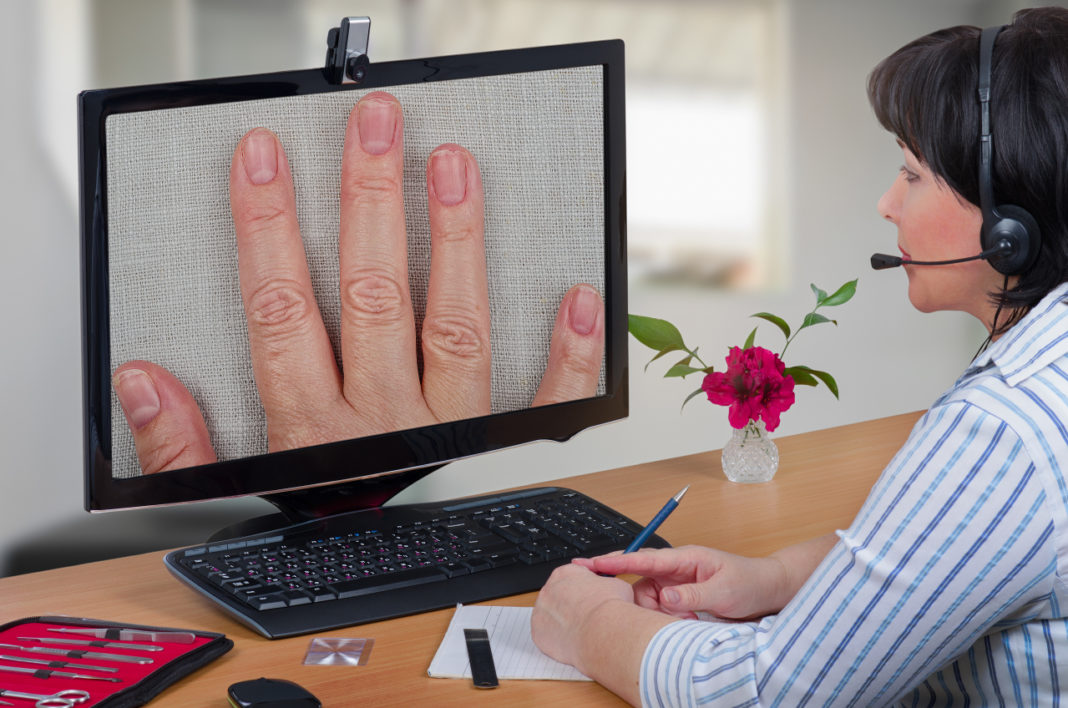Since the first days of the COVID-19 pandemic in early March, the number of telehealth appointments for Medicare subscribers have sky rocketed. From March to July, over 10 million Medicare beneficiaries have used telehealth services, compared to only 14,000 members who used the service during any given week in 2019.
Face-to-face video appointments with physicians from the comfort of the patient’s home have numerous safety and accessibility benefits; however, it makes the examination process a limiting experience, and the patient’s health might not be fully assessed in the same way they would be during an in-person visit.
Although telehealth is designed to help patients living in rural parts of the country who otherwise would have to travel long distances to seek medical attention, the service has proved to be futile in towns that lack adequate internet. For example, in Kanawha County, West Virginia, many residents don’t have access to internet, as it’s often too complicated and expensive to install. The county’s Cabin Creek Health System conducted 829 telehealth appointments during the first week of April; however, only 22 were done through video chat and the rest were telephone consults.
“Even if it is over video or Zoom, them being able to see my face and me being able to look them in the eyes and know that they’re OK, or know that they’re not OK,” said Jessica McColley, MD for Coal Valley News. “I think it’s easier being able to hide stuff on the phone definitely than it is on the video.”
Areas that lack internet services tend to have the high numbers of people with chronic and mental health conditions, says the article. To prevent disparities in treatment, rural clinics are striving to implement a hybrid model of in-person and telehealth appointments, where patients are initially screened at facilities and followed by virtual check-ups.








